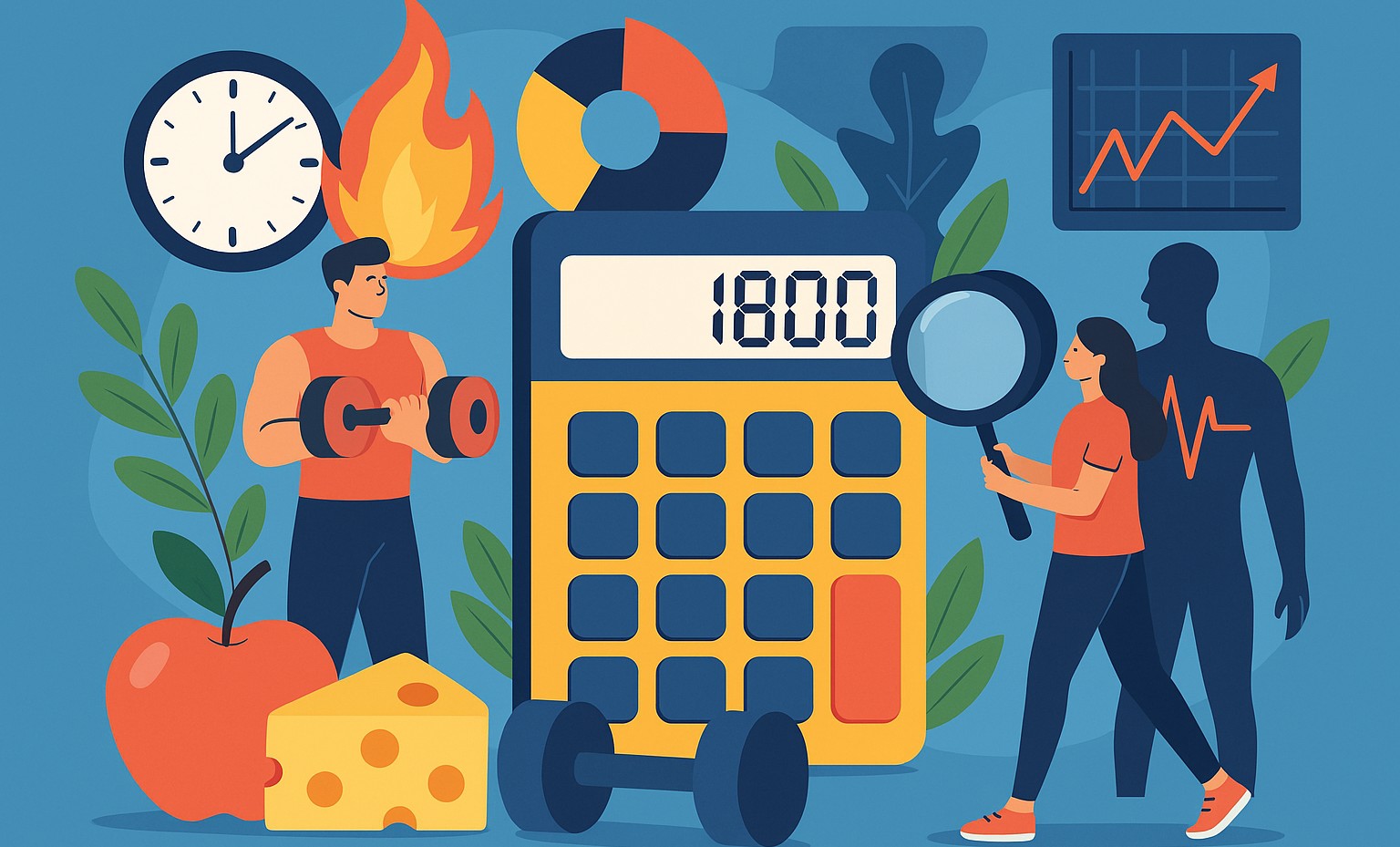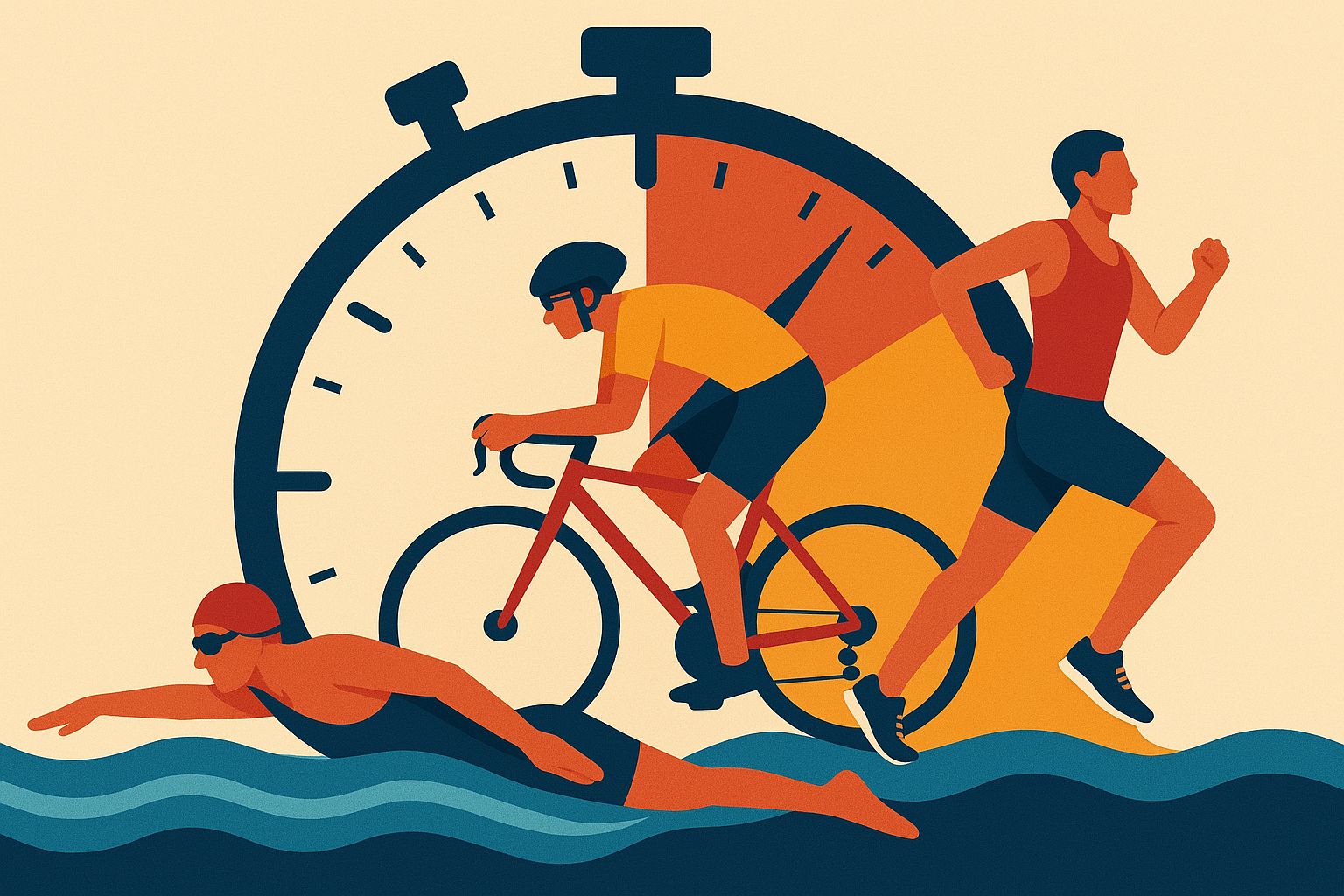Unlocking the Power of Bike Power-to-Weight Ratio (Watts/kg)
Cycling is one of the most physically demanding sports in the world, combining endurance, strength, and technique. Whether you’re an elite racer or a weekend enthusiast, the ability to measure your efficiency and performance is crucial. One of the most important metrics in cycling is the power-to-weight ratio, specifically watts per kilogram (watts/kg). This ratio is a critical indicator of an athlete’s potential on the bike and can significantly influence performance, particularly in mountainous terrain or during intense sprints.
In this article, we’ll show the significance of the bike power-to-weight ratio, explore how it’s calculated, and examine why it matters for cyclists at all levels. Whether you’re seeking to enhance your training, improve your race times, or simply become a more efficient cyclist, understanding watts/kg can unlock new possibilities for your performance.
Bike Power-to-Weight Ratio (Watts/kg)
What Is the Bike Power-to-Weight Ratio?
At its core, the bike power-to-weight ratio refers to the relationship between the power an athlete can generate (measured in watts) and their weight (measured in kilograms). The ratio is expressed in watts per kilogram (watts/kg), and it helps quantify how efficiently a cyclist can apply their power to overcome forces such as gravity, friction, and wind resistance.
In cycling, the power-to-weight ratio is particularly important when climbing hills or during any efforts where the body has to overcome its own weight. The higher the watts/kg, the better a rider’s ability to sustain high speeds on climbs or maintain power over long distances. This metric is crucial because, in these situations, a cyclist’s weight directly affects their ability to ascend at a given power output. A lower weight with a higher wattage is often a significant advantage, especially in competitive road cycling and mountain biking events.
The power-to-weight ratio isn’t just about strength—it’s about the balance between power generation and how efficiently that power is used in relation to the cyclist’s weight. A highly trained cyclist with a high watts/kg ratio can climb hills more efficiently, accelerate faster, and maintain a higher average speed over long distances, all without overtaxing their body.
Why Is Power-to-Weight Ratio Important in Cycling?
Understanding the importance of watts/kg requires taking into account the demands of cycling. Cycling is a sport where every watt counts, and how those watts are distributed relative to an athlete’s body weight can make all the difference between a podium finish or being left behind.
Performance in Climbing
The significance of the power-to-weight ratio is most noticeable when climbing. On an incline, cyclists must work against gravity, and their body weight becomes a much larger factor in their ability to sustain a given level of power. A cyclist with a higher watts/kg ratio will be able to generate more power relative to their weight, allowing them to ascend hills with greater ease. This is why lightweight climbing specialists often focus heavily on improving their watts/kg to excel in mountainous races like the Tour de France.
Speed and Acceleration
Power-to-weight ratio also plays a key role in speed and acceleration. When you need to accelerate quickly from a stop or surge ahead in a sprint, your weight impacts how quickly you can translate your power into speed. A higher watts/kg allows cyclists to accelerate more rapidly, enabling faster reactions during critical moments in a race or group ride.
Endurance and Sustainability
Having a high watts/kg doesn’t just improve climbing performance or sprinting; it can also enhance endurance. A cyclist who maintains a higher ratio is likely to sustain high levels of power output for longer periods without fatigue. By distributing energy more efficiently across their body weight, they can keep pushing through hard efforts without sacrificing stamina. This is particularly beneficial for long-distance races or multi-stage events.
How Is the Bike Power-to-Weight Ratio Calculated?
The formula for calculating the bike power-to-weight ratio is relatively simple, yet it reveals powerful insights into a cyclist’s performance potential. Here’s how it works:
Watts per kilogram (watts/kg) = Power output (in watts) ÷ Weight (in kilograms)
In this formula:
Power output refers to the amount of power a cyclist generates, typically measured in watts. This can be determined by using a power meter, which is a device installed on the bike to measure the force applied to the pedals or crankset.
Weight is the cyclist’s body weight, measured in kilograms. It’s important to remember that weight includes both the cyclist’s body weight and the weight of the bike and gear, though professional cyclists often calculate watts/kg using their body weight alone to give a more accurate measure of their climbing ability and performance.
Let’s break this down further. The power output can vary depending on the intensity of the effort. For example, during a sustained time trial, a cyclist might generate a steady wattage, while during a sprint, the wattage will be much higher. This variation is why power-to-weight ratio becomes especially meaningful in dynamic and high-intensity situations, like climbs or sprints, where both power and weight must be considered together.
The result of the calculation is watts per kilogram (watts/kg), which indicates how efficiently the cyclist can apply their power relative to their body weight. The higher the number, the better the athlete’s performance potential. Cyclists with a higher watts/kg ratio can sustain higher power outputs without weighing down their performance on climbs, accelerations, or sprints.
How to Improve Your Power-to-Weight Ratio
Improving your watts/kg ratio is a combination of increasing power and reducing weight. Both aspects play a significant role, and focusing on improving each will help you become a more efficient cyclist. Let’s look at how to boost your performance in these two key areas.
Increasing Power Output
To increase your watts, you’ll need to focus on building strength and endurance. Cycling power is a result of both aerobic and anaerobic capacity. Here are some ways to increase your power output:
Interval Training: High-intensity interval training (HIIT) is one of the most effective ways to improve power. By alternating between high-intensity efforts and periods of rest, you can train your body to generate more force.
Strength Training: Off-the-bike strength training helps build muscle mass, which can contribute to more power on the bike. Focus on exercises that strengthen your legs, core, and upper body, all of which play a role in pedaling efficiency.
Endurance Rides: Long rides at a steady pace can help increase your aerobic capacity, allowing you to sustain higher power outputs for longer periods without fatiguing.
Cadence Training: Training to maintain a higher cadence (the speed at which you pedal) can help you generate more watts with less perceived effort. This can be especially useful during sprints or when accelerating out of a corner.
Reducing Weight
Reducing weight, particularly body fat, can improve your watts/kg ratio by allowing you to generate more power relative to a lower body mass. However, weight reduction should be approached in a balanced and healthy way:
Diet: Focus on a well-rounded, nutrient-dense diet that supports your training while promoting fat loss. Avoid extreme dieting or quick fixes, which can lead to muscle loss and reduced performance.
Bike Setup: In addition to weight loss, reducing the weight of your bike and gear can also improve your watts/kg. Lightweight wheels, frames, and components can all make a difference, especially when climbing.
Body Composition: Building muscle and reducing fat will not only help you shed weight but will also increase your strength-to-weight ratio. Aim to maintain a strong, lean physique to maximize your efficiency on the bike.
Balancing the Equation
Improving both your power and weight simultaneously will give you the best chance to improve your watts/kg ratio. For instance, if you’re able to increase your power output without gaining weight or if you shed excess fat while maintaining strength, your watts/kg will increase significantly. A balanced approach to training, nutrition, and body composition is key.
The Role of Technology in Measuring Watts/kg
In today’s cycling world, technology plays an essential role in accurately measuring power and monitoring progress. Power meters are the most common tool used to assess power output during rides. These devices can be installed in various places on the bike, such as the pedals, crankset, or rear hub. Power meters provide real-time data on the cyclist’s power output, allowing riders to fine-tune their efforts during training or races.
Other technology, such as cycling computers, heart rate monitors, and GPS devices, can also provide additional insights into performance, but the power meter is the most direct way to measure watts. By collecting this data over time, cyclists can track improvements in power and adjust their training accordingly.
The Road to Becoming a Better Cyclist
The bike power-to-weight ratio (watts/kg) is a powerful metric that offers cyclists an accurate measure of their performance potential. Whether you’re focused on improving your climbing ability, increasing your speed, or boosting your endurance, watts/kg is a key figure in assessing your efficiency on the bike.
By focusing on both increasing your power and reducing your weight, you can dramatically improve your performance. The journey to better watts/kg involves smart training, proper nutrition, and a consistent focus on building strength, all while balancing the demands of your body. When applied with the right strategy, improving your watts/kg can make you a more efficient, faster, and more competitive cyclist, no matter the terrain or race distance. So, get ready to unlock your full potential and ride stronger, faster, and with more power than ever before.




